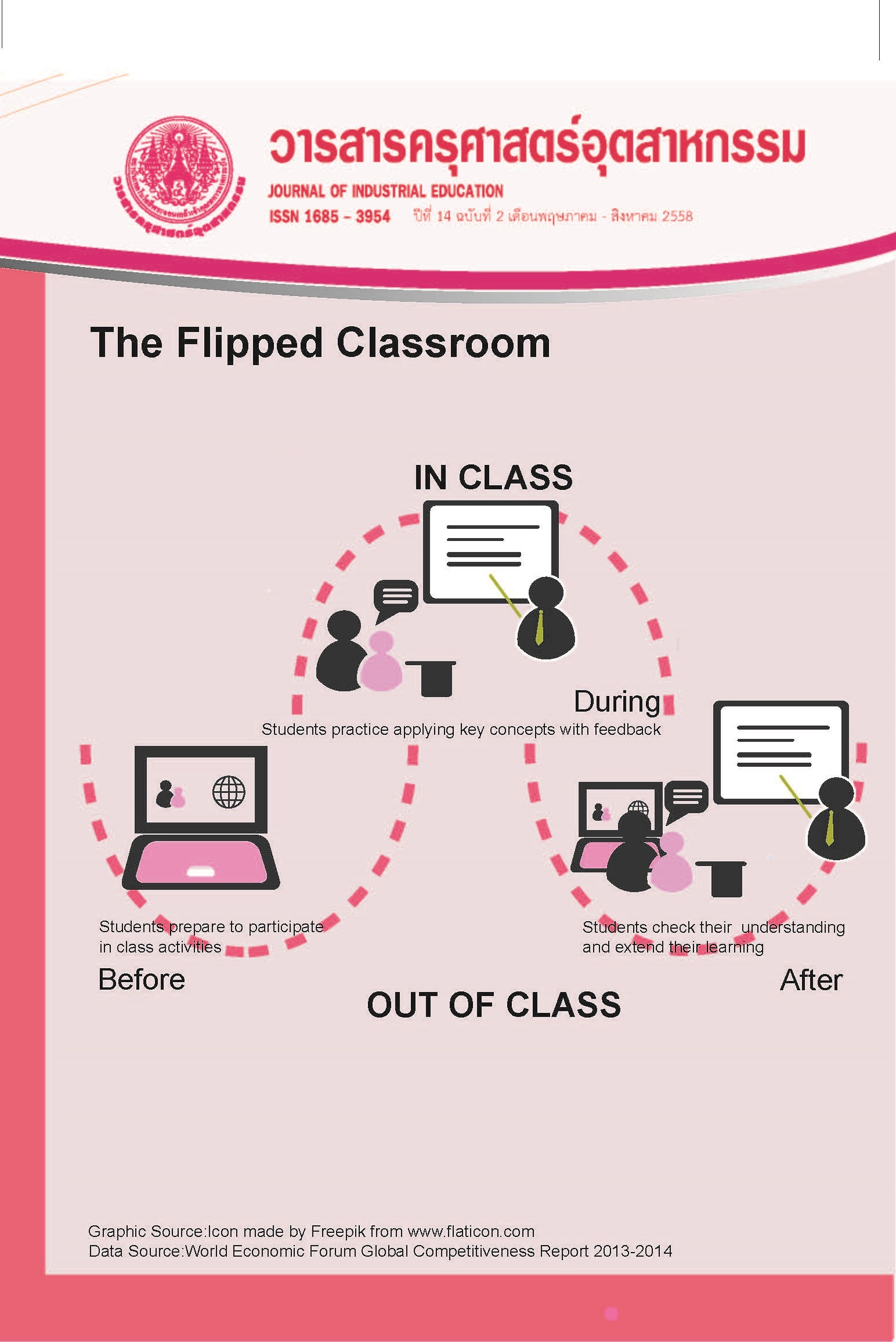Development Product Design based on the concept of the Creative Economy from Cultural Capital of Historical Districts-Sukhothai, Si Satchanalai, and Kamphaeng Phet
Main Article Content
Abstract
There were two objectives of this study: 1) study and develop the product based on the concept of the Creative Economy from Cultural Capital of Historical Districts - Sukhothai, Si Satchanalai, and Kamphaeng Phet and 2) assess the satisfaction of those interested in product design based on the concept of the Creative Economy from Cultural Capital of Historical Districts -Sukhothai, Si Satchanalai, and Kamphaeng Phet that has been developed and improved. By application forms and materials that are appropriate to the era. Demonstrate the value and uniqueness of a Cultural Capital of Historical Districts -Sukhothai, Si Satchanalai, and Kamphaeng Phet in product form for sale to customers. This is another way that helps spread the art of Cultural Capital of Historical Districts -Sukhothai, Si Satchanalai, and Kamphaeng Phet to be known more. It would also help to diversify the product design of Thailand. And product design from Cultural Capital of Historical District s-Sukhothai, Si Satchanalai, and Kamphaeng Phet can be an agent that represents the cultural identity of Thailand. This research is divided into each side was found. The results shown the unique local level of satisfaction at a high level with an average =3.69, S.D. =0.23. The attractiveness of the design showed satisfaction at a high level with an average =3.83, S.D. =0.15. The size, shape and weight is not an obstacle to the carry or transport, satisfaction levels in the average
=3.96, S.D. =0.42. And the prices are moderately satisfied with average
=3.54, S.D. =0.05 and total average
=3.75 S.D. =0.21
Article Details
"The opinions and contents including the words in papers are responsibility by the authors."
"ข้อคิดเห็น เนื้อหา รวมทั้งการใช้ภาษาในบทความถือเป็นความรับผิดชอบของผู้เขียน"
References
[2] วรากรณ์ สามโกเศศ. 2553. เอกสารประกอบการบรรยายเศรษฐกิจสร้างสรรค์จันทบุรี,7 พฤษภาคม 2553, จัดพิมพ์โดย สำนักงานคลังจังหวัดจันทบุรี
[3] Bourdieu, Pierre. 1986. ‘The Forms of Capital’ in John Richardson (ed.) Handbook of Theory and Research for the Sociology of Education. New York: Greenwood Press.
[4] Csikszentmihalyi, Mihaly.1999. Implications of a SystemsPerspective for the Study of Creativity in Robert Sternberg (ed) Handbook of Creativity. Cambridge: Cambridge University Press.
[5] Faul, F., Erdfelder, E., Buchner, A., & Lang,A.-G. 2009. Statistical power analyses using G*Power 3.1: Tests for correlation and regression analyses. Behavior Research Methods, 41, 1149-1160.
[6] นงลักษณ์ วิรัชชัย.2555.การกำหนดขนาดตัวอย่างในการทดสอบสมมุติฐานวิจัย. เอกสารประกอบการบรรยาย เรื่อง “วิธีการที่ถูก ต้องและทันสมัยในการกำหนดขนาด ตัวอย่าง” ในโครงการ Research Zone จัดโดย ศูนย์การเรียนรู้ทางการวิจัย ณ อาคารศูนย์การเรียนรู้ทางการวิจัย สำนักงาน คณะกรรมการวิจัยแห่งชาติ (วช.) วันที่ 26 มกราคม 2555 เวลา 9.00-12.00 น.
Nongluk viratchai. 2555. The sample sizes in the research hypothesis. Documentation The lecture entitled "How accurate and up to date to determine the sample size, " a project organized by the Research Zone Learning Center at the Research Center for Learning Research . Commission National Research(college) On January 26, 2555. Time 9:00 to 12:00 pm.
[7] วราภรณ์ มั่นทุ่ง และคณะ. 2558. ผลของการใช้เปลือกหอยและผงเหล็กที่มีต่อการพัฒนารูปแบบเครื่องปั้นดินเผาบ้านทุ่งหลวง จ.สุโขทัย. วารสารวิชาการศิลปะสถา ปัตยศาสตร์ มหาวิทยาลัยนเรศวร. 6(1), น. 77-89.
Varaporn Muntung , et al. 2558. Effects of Using the shell and iron powder on development patterns Ban Thung Luang, Sukhothai. Art and Architecture Journal, Faculty of Arts. Naresuan University, 6 ( 1 ), p. 77-89.
[8] ธัญญาภักดิ์ ธิเดช และคณะ. 2555. ศึกษาเอกลักษณ์ศิลปวัฒนธรรมล้านนาเพื่อประยุกต์ใช้ในการออกแบบงานเครื่องเรือน. วารสารครุศาสตรอุตสาหกรรม, 11(1), น. 208-219.
Thanyapak Thidet, et al.2555.A Study of Lanna Art Identity for Applied in Furniture Design. Journal of Industrial Education, 11(1), p. 208- 219.
[9] อรุณี ปัญญสวัสดิ์สุทธิ์. 2554. ทุนทางวัฒนธรรมในแบบจำลองการเจริญเติบโตทางเศรษฐกิจ.การประชุมทางวิชาการของ มหาวิทยาลัยเกษตรศาสตร์ ครั้งที่ 49, 1 กุมภาพันธ์ 2554, กรุงเทพมหานคร.
Arunee Punyasavatsut. 2554. Cultural Capital in an Endogenous Growth Model. The 49th Kasetsart University Annual Conference.
[10] ศูนย์ข้อมูลกลางทางวัฒนธรรม. 2556. 9 มรดกทางวัฒนธรรม และ 8 วิถีชีวิตไทย. กระทรวงวัฒนธรรมออนไลน์). ค้นเมื่อวันที่ 11 สิงหาคม 2557 จาก https://www.thaiculture.in.th/index

